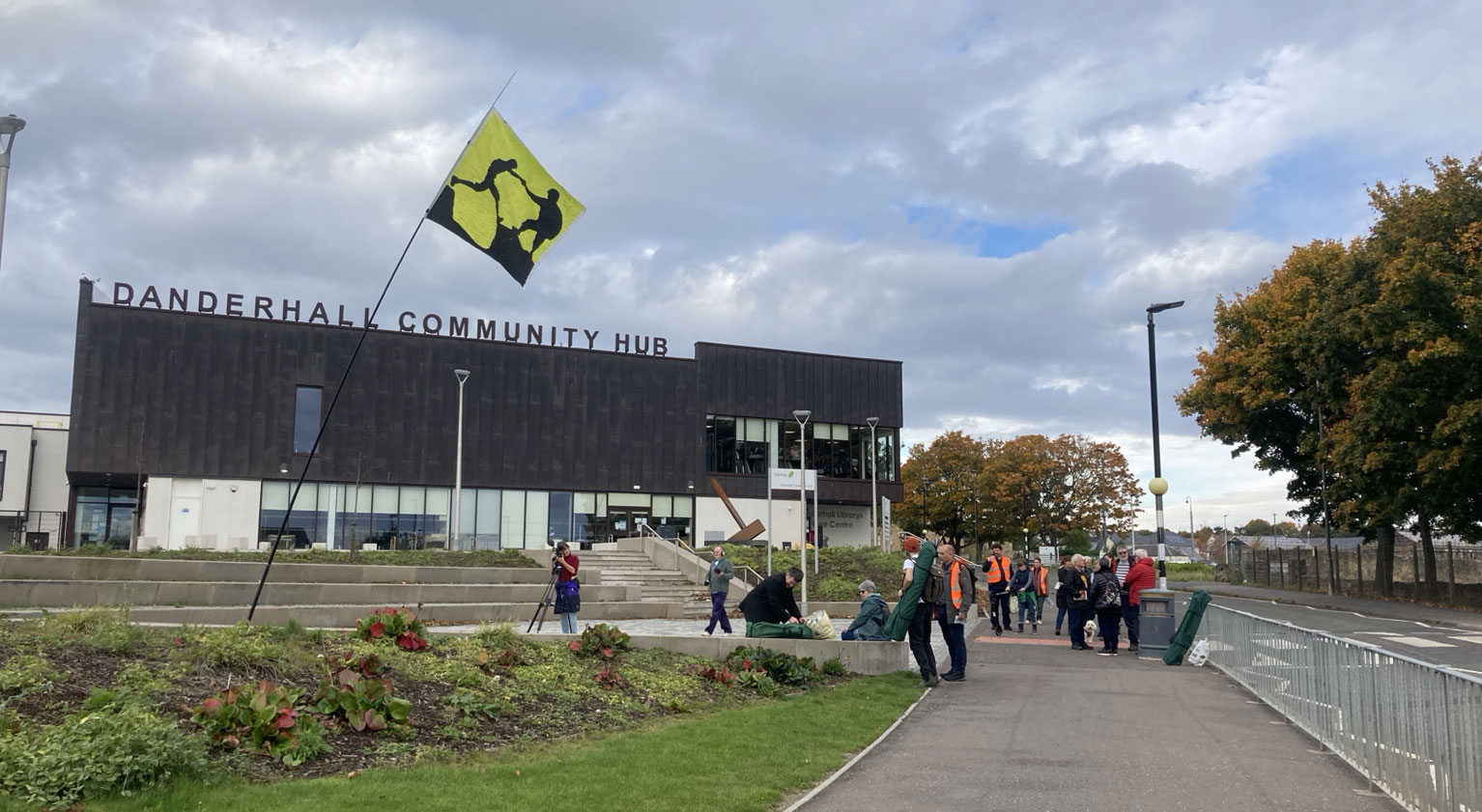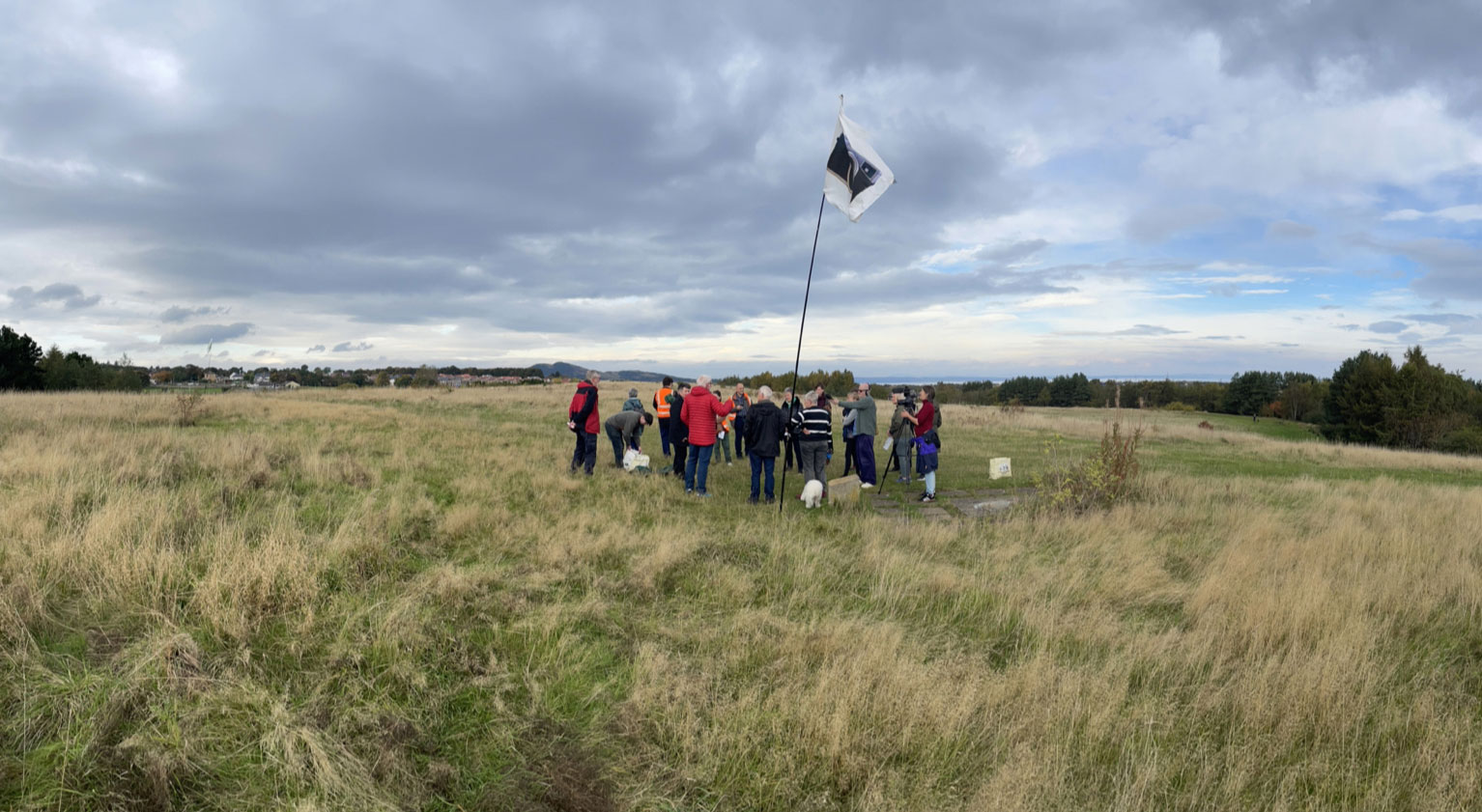SHAWFAIR PUBLIC ART STRATEGY
LOCATION : EDINBURGH, SCOTLAND
DATE : 2023 – 2025
PROJECT TYPE : PUBLIC ART STRATEGY
COLLABORATION : PLANNING AID SCOTLAND / WAVE PARTICLE
PHASE OF WORK : PLANNING
In collaboration with Wave Particle and Planning Aid Scotland, Iglu Studio developed a public art strategy for Shawfair, a new 4000 home residential development being built in the south-east of Edinburgh. This project posed unique challenges in considering how to engage with a community who hadn’t arrived yet and how to recognise and retain the heritage of the existing communities. Ultimately, the question we intended to address though the art strategy was how to fuse these two localities together in the future to ensure a connection between the influx of new residents and the area’s history and identity.

POTENTIAL SPATIAL STRUCTURE FOR PUBLIC ART IN SHAWFAIR

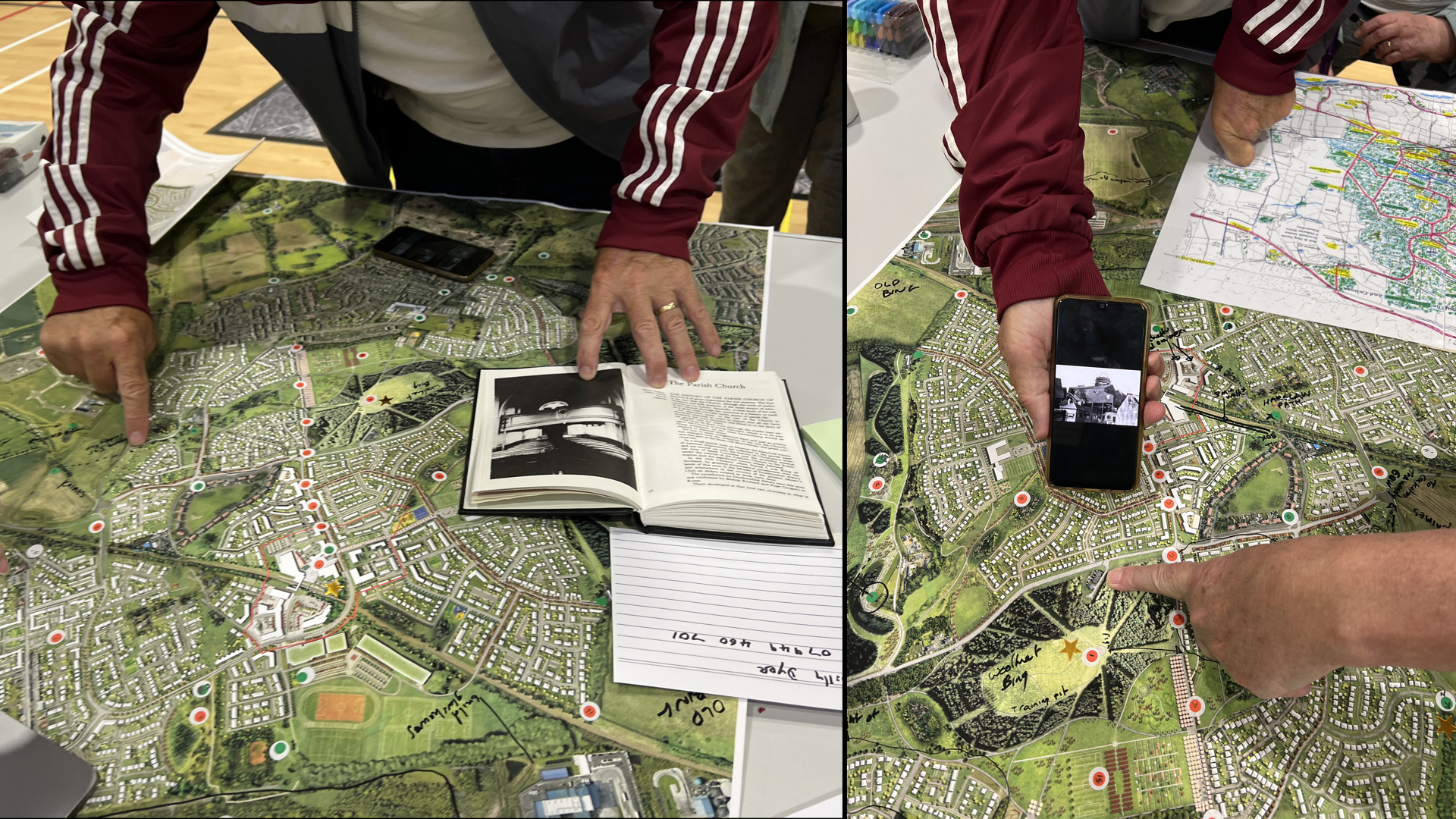
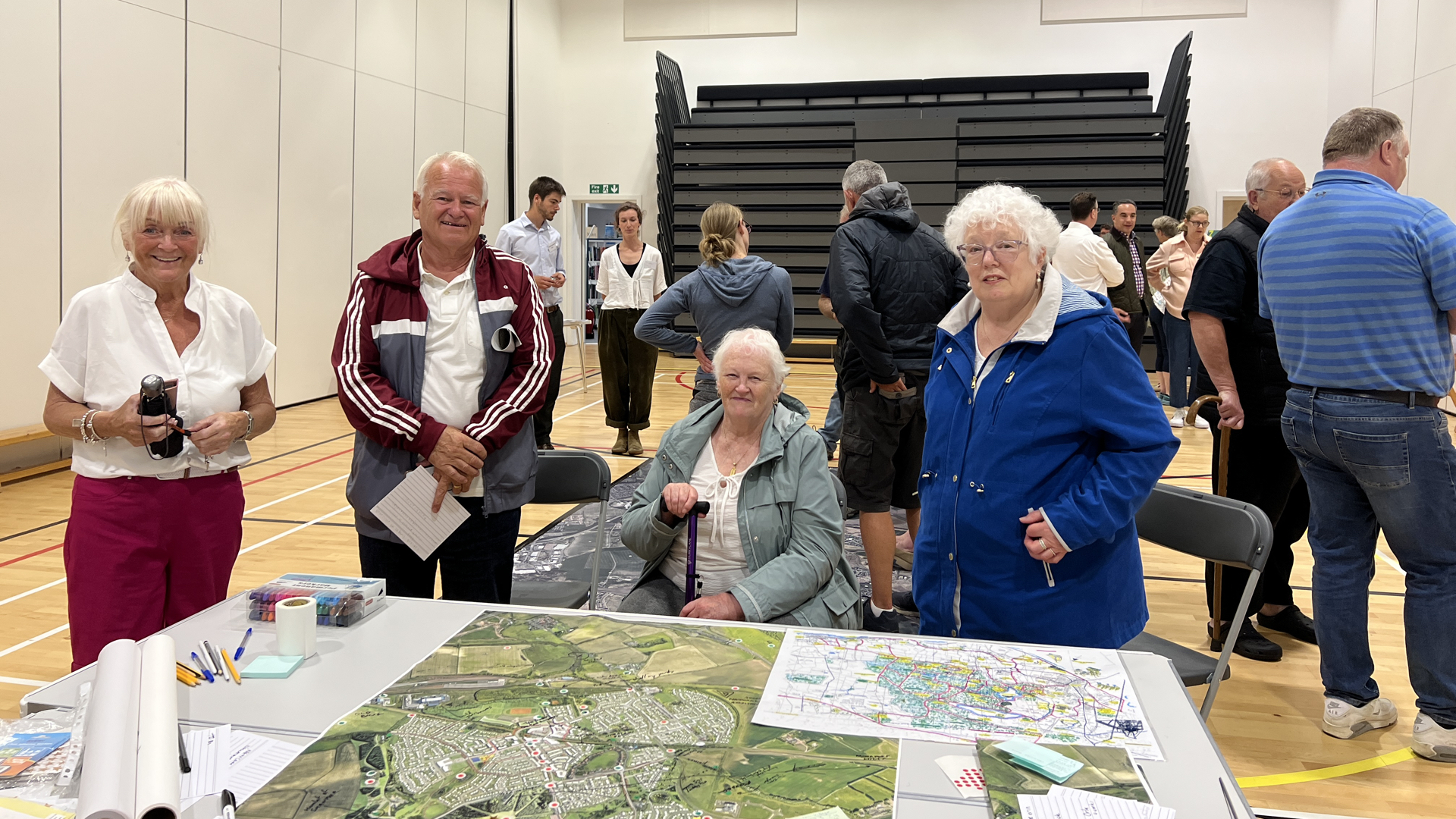
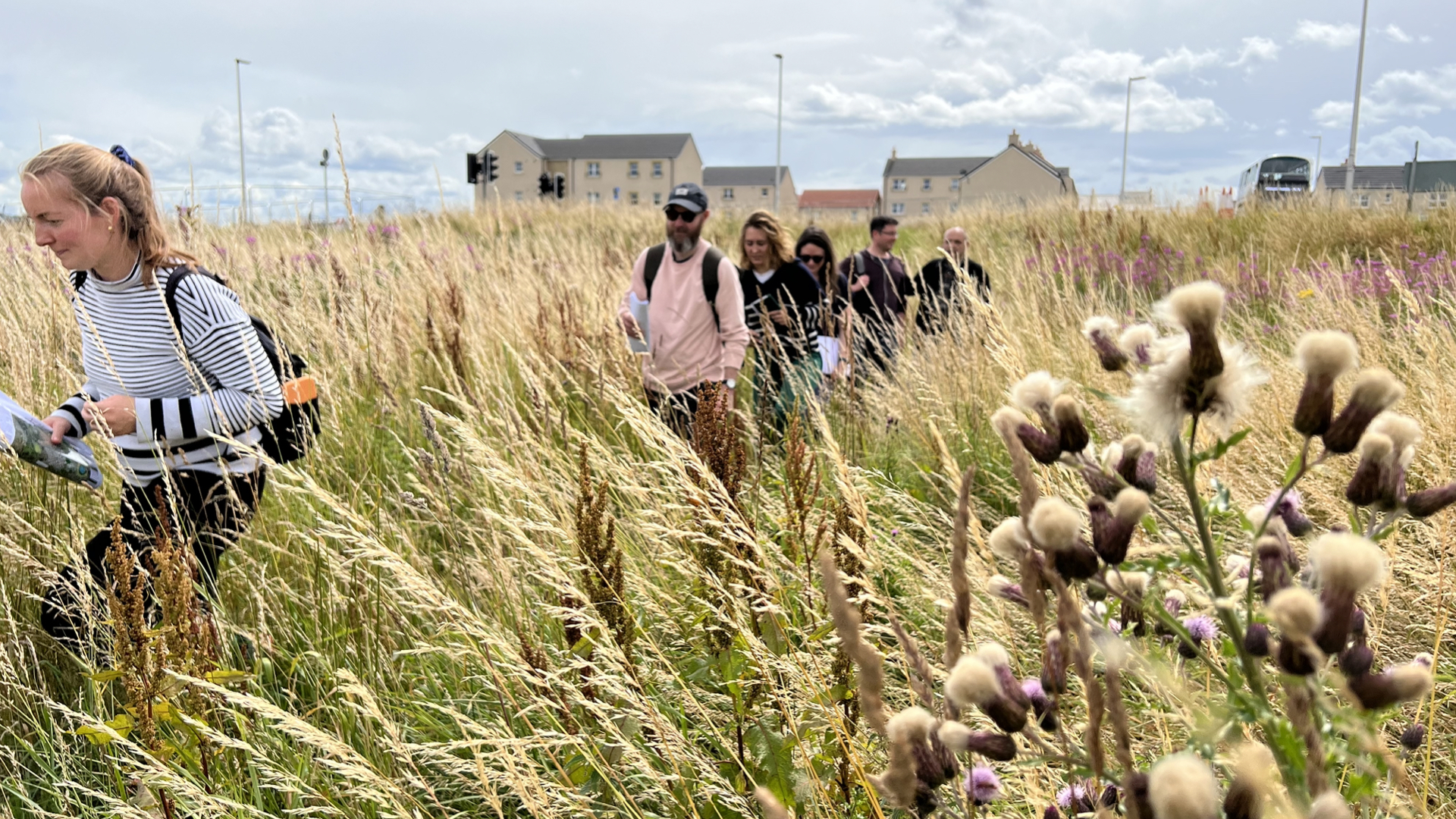
COMMUNITY ENGAGEMENT EVENTS
At our first engagement event in November 2023 we presented a variety of different approaches to public art and asked key questions about placemaking: what would make public spaces and artworks in Shawfair distinctive, unique and of place.
We received many helpful comments, recollections, memories and local stories to preserve which we subsequently realised all had a strong connection to the land. Hoicking and selling potatoes grown on the agricultural fields, navigating prickly hedgerows of hawthorn and blackthorn, encountering hooting barn owls and of course, the spectre of coal mining and its legacy.
Discussions with active local groups such as the Danderhall and District Guerrilla Gardeners and Millerhill Community Gardeners have also been instrumental in understanding the history of the area and the important work they are doing with local school children, educating the next generation about the importance of greenspaces and maintaining a connection with the land, particularly in an age of climate emergency.
Our suggested approach for the public art strategy was to focus on the overarching themes of nature, the environment and the important relationship between people and the land.
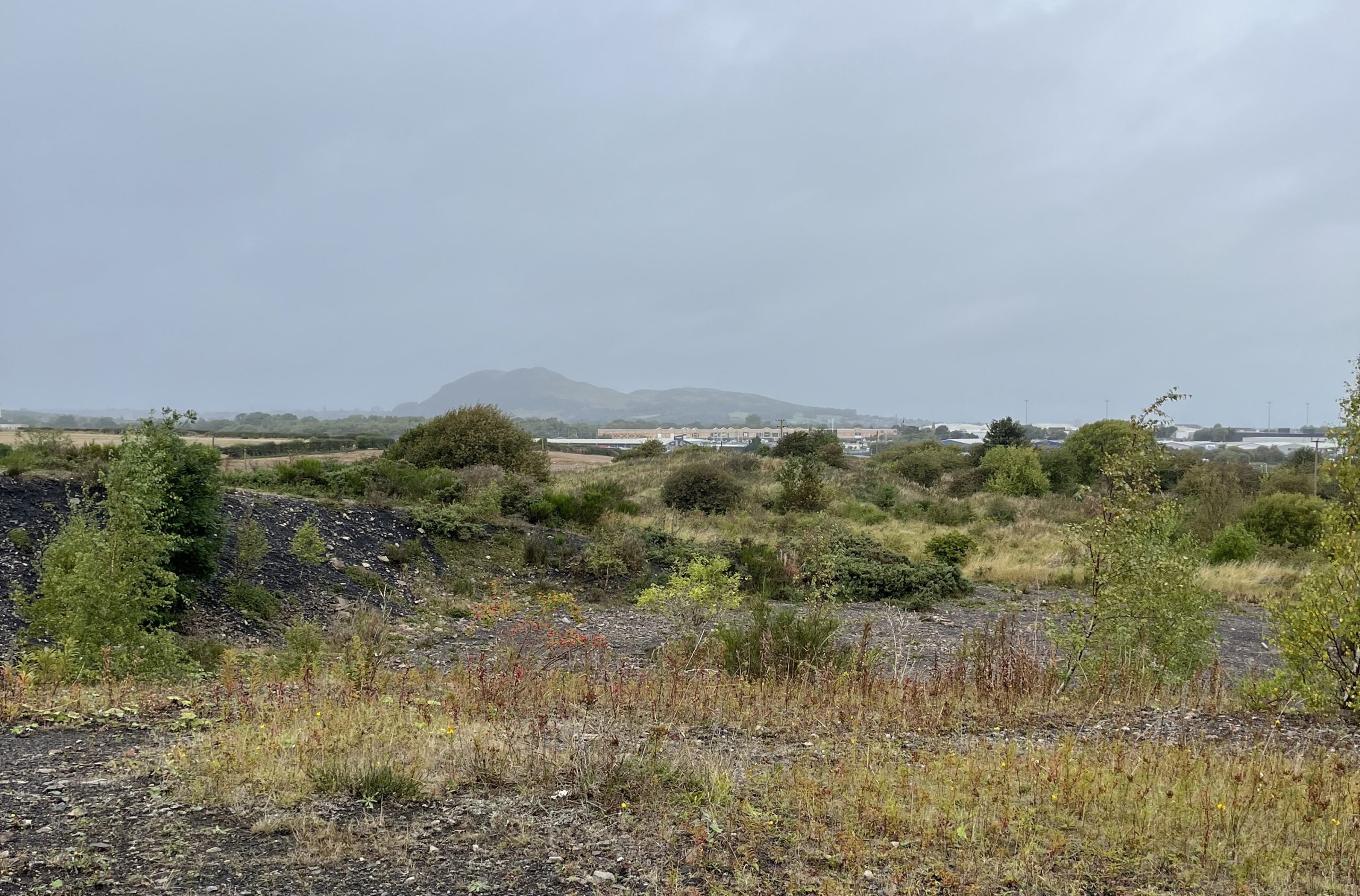
Three key themes were formulated on which to concentrate the public art strategy: planting, play and pathways & pauses.
Each strand of the strategy is closely linked and together they address the core objectives which have emerged through our conversations:
• to provide access to nature
• to preserve local history
• to encourage inter-generational contact
• to integrate play opportunities into public spaces
• to connect existing and new communities
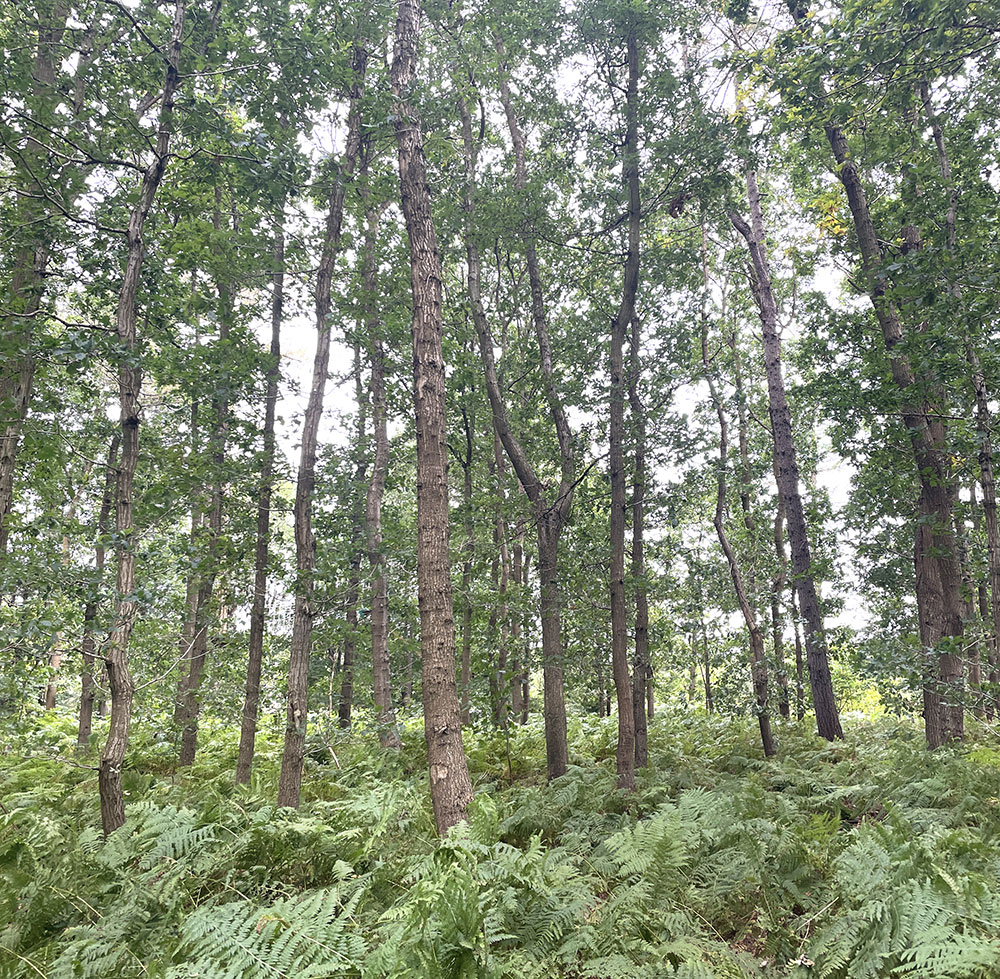
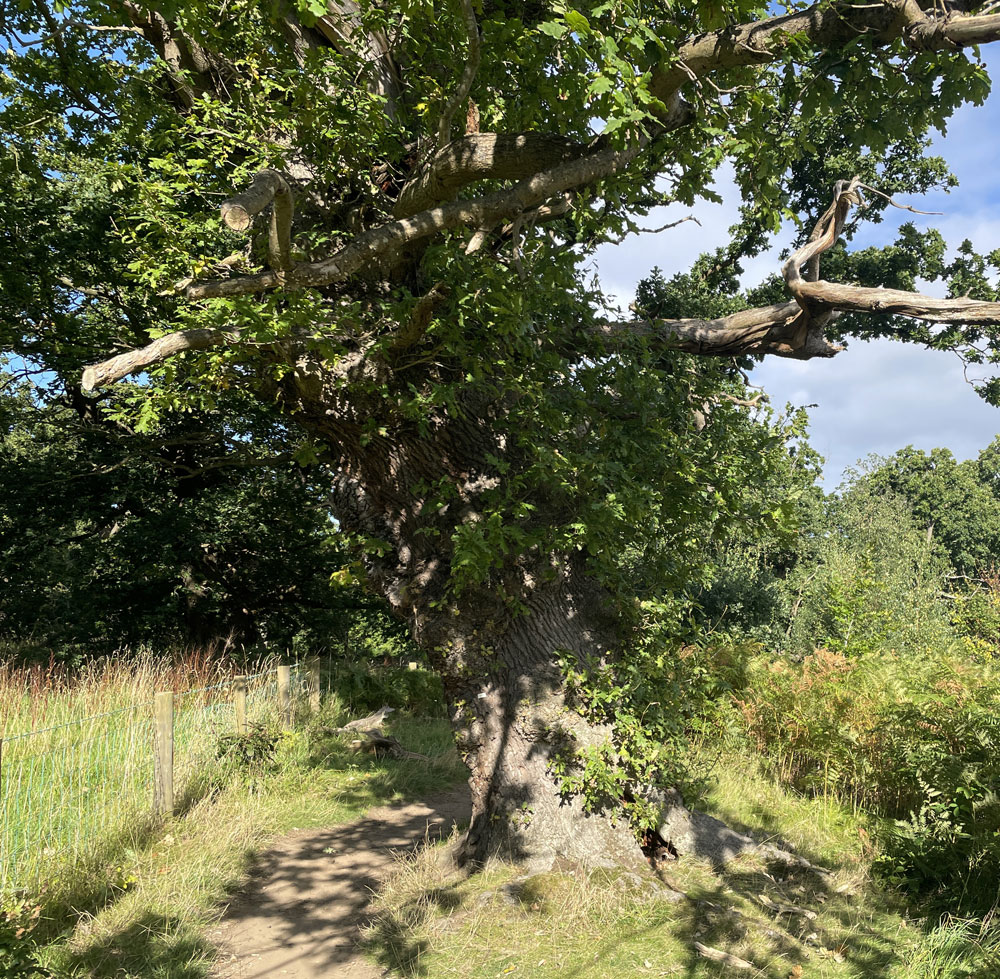
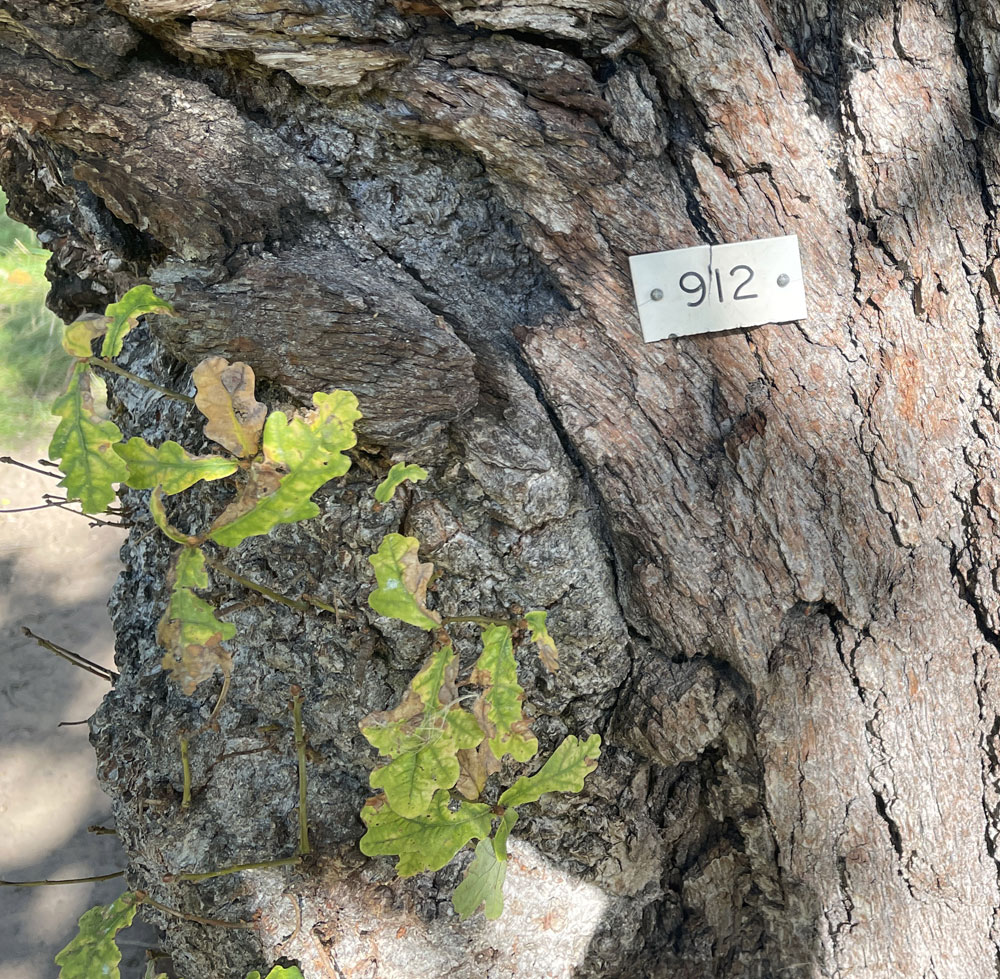
Theme 1: Planting
Located nearby on the other side of the Edinburgh City Bypass, Dalkeith Country Park contains a collection of over 500 ancient, veteran and notable oak trees. Most of these incredible specimen trees are thought to be descended from the oldest and biggest tree in the park called ‘The Michael’ (the name is likely derived from the Scots word ‘meikle’ meaning big). The Michael is estimated to be around 1000 years old. The value of oaks to wildlife is incomparable – 2300 wildlife species are supported by places to eat, live and breed. Even as a young sapling oaks start to provide food and shelter for animals and as they grow, crevices, cavities and dead wood provide invaluable features where plants and animals thrive.
What if Shawfair was to become the home for a new forest of native trees, with oaks as the keystone species, grown from acorns collected from the adjacent ancient oak woodland and planted by existing and new residents throughout the proposed woodland areas included in the wider masterplan for the Shawfair area.
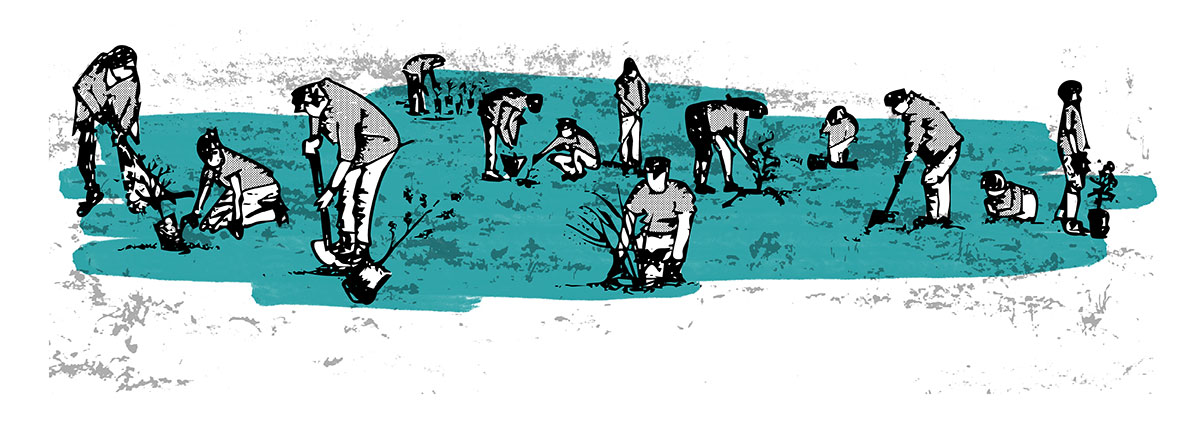
COMMUNITY OAK TREE PLANTING
How to plant a tiny forest
Step 1
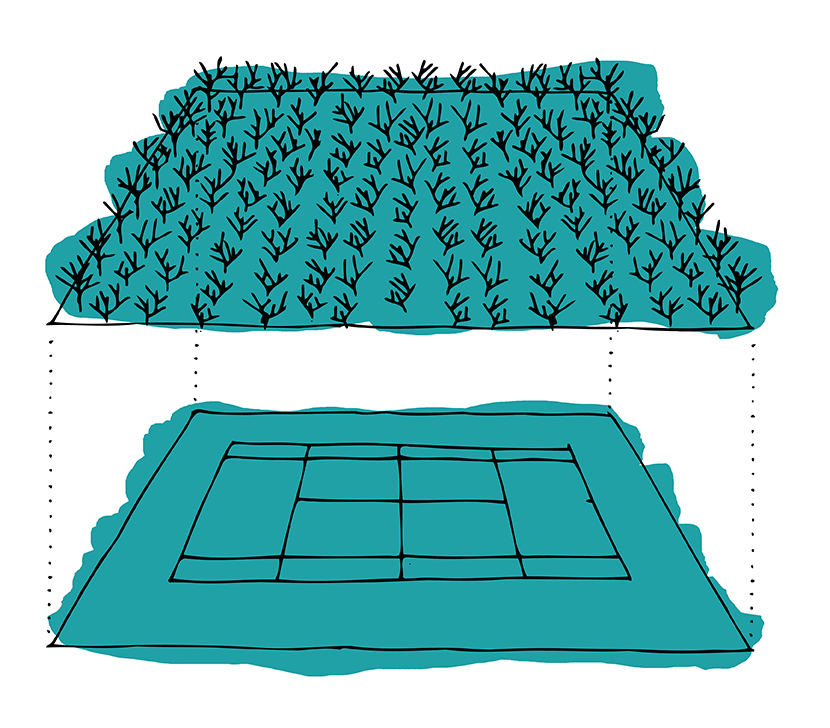
Step 2
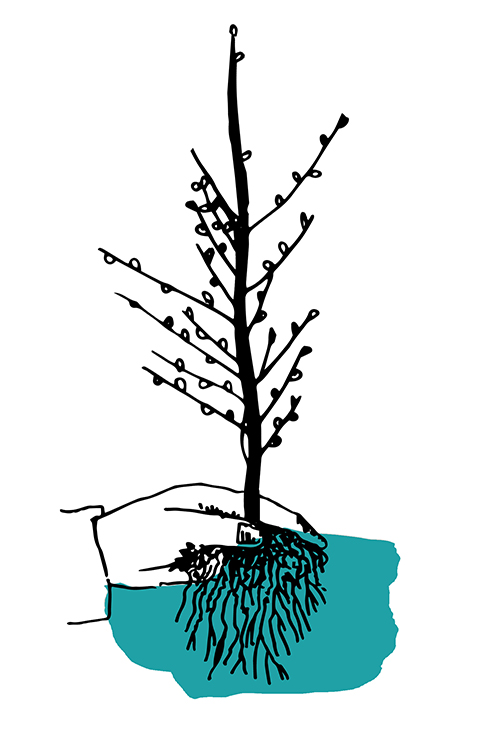
Step 3
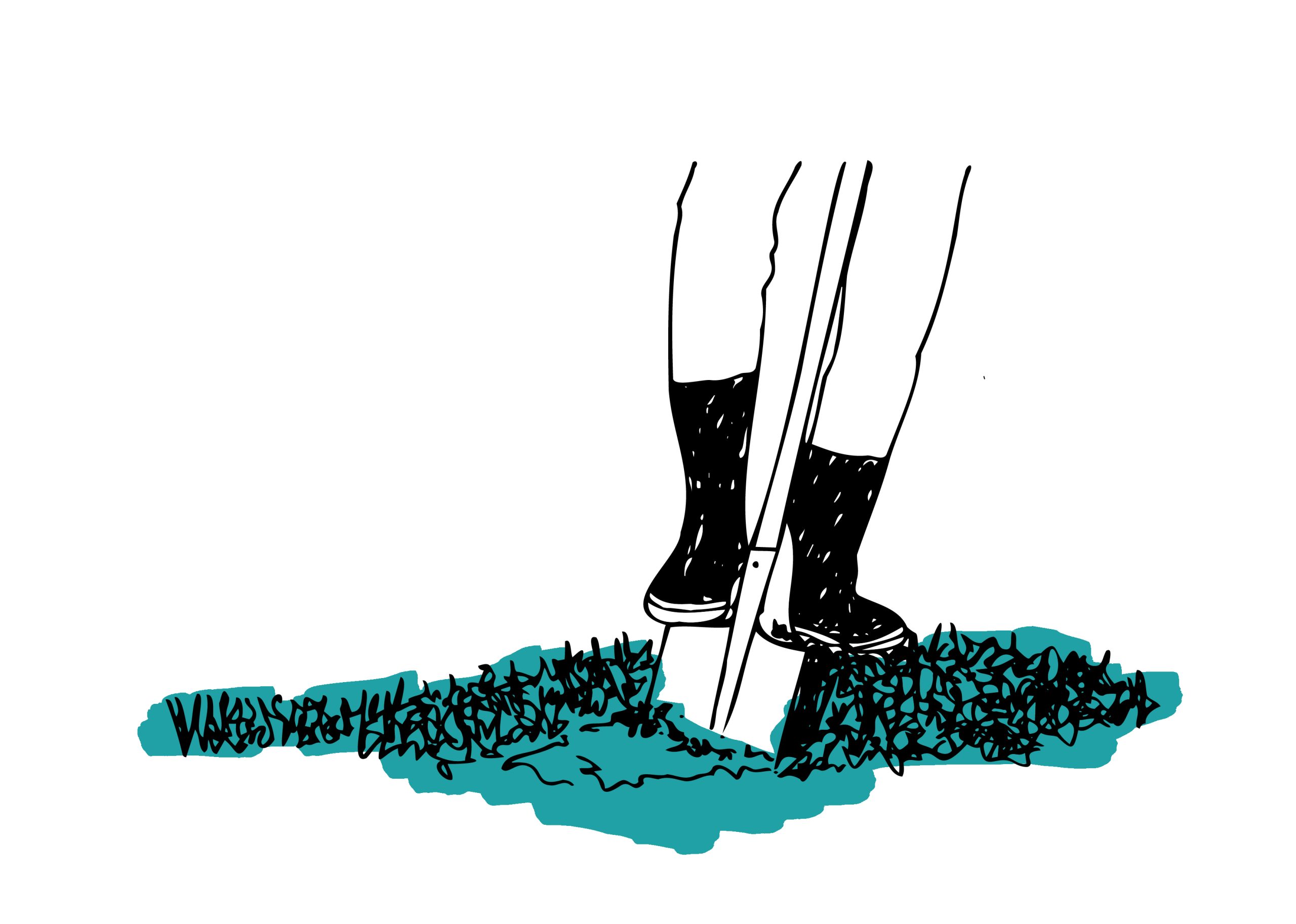
Step 4

Step 5

Step 6
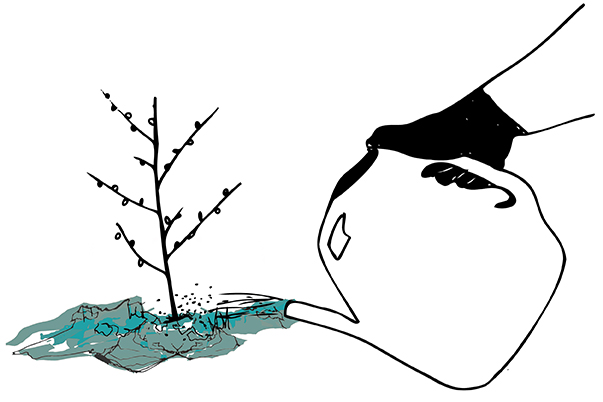
Tiny forest
A Tiny Forest is a dense, rapid growing native woodland about the size of a tennis court with a planted mix of many native species. They reconnect people with nature and raise awareness of biodiversity loss whilst helping to adapt to the impacts of climate change by storing carbon, providing homes for wildlife and soaking up excess water. They are often planted by school pupils as part of a global citizen science project led by Earthwatch Europe to measure the growth rates of the trees to assess the benefits these mini woodlands can provide over time. Tiny Forests offer a verdant natural environment where locals can enjoy nature or gather as a community. Each forest is nurtured and cared for by dedicated Tree Keeper volunteers – community members who water, weed, and maintain their local forests to ensure they thrive in the first few years of growth. This involvement not only strengthens their bond with the forests but also fosters deeper connections within the community.
Tiny Forests also serve as a setting for children to engage with nature. They are encouraged to participate in planting, caring for the forests, and conducting wildlife and carbon surveys.
Two potential locations for a tiny forest in Shawfair were identified, either within the existing woodland at the Northern Ridge or within the Valley Park (refer to map on page 28). There is also a fantastic opportunity to incorporate artwork as part of the installation. Perhaps a totemic sculpture with engravings designed by pupils could stand as a clear marker that the Tiny Forest is a purposeful and deliberate act of merging art, landscape and science
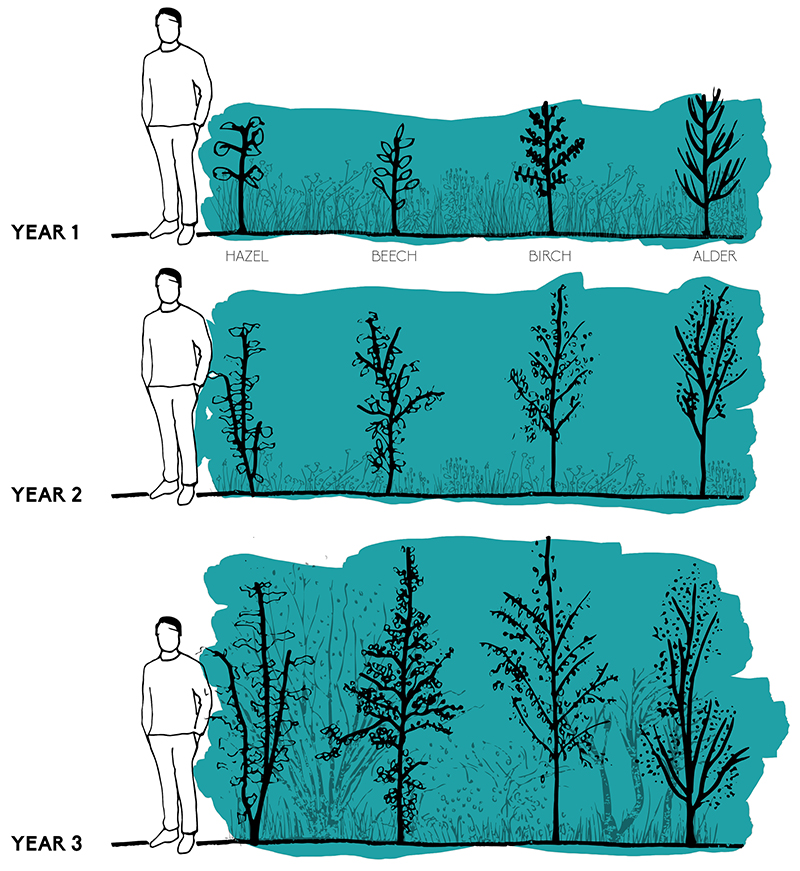
Throughout the commission we practiced participatory design to ensure that locals played as crucial a role in placemaking as the professionals. This approach aimed to protect and celebrate the existing sense of place while accommodating new perspectives and emergent stories. A site walk-around with members of the community helped to identify key sites suitable for physical artworks, each with a specific story and focus and marked with temporary flags.
We encouraged on-the-ground artist residencies and process-based prototyping of ideas in event-based formats, with time as a crucial medium. The art strategy strongly recommends a process of participatory design to accompany the phased development, as a holistic solution to placemaking. This ensures that the word “public” is as important as the word “art,” providing great opportunities for future engagement with the community as Shawfair progresses.
